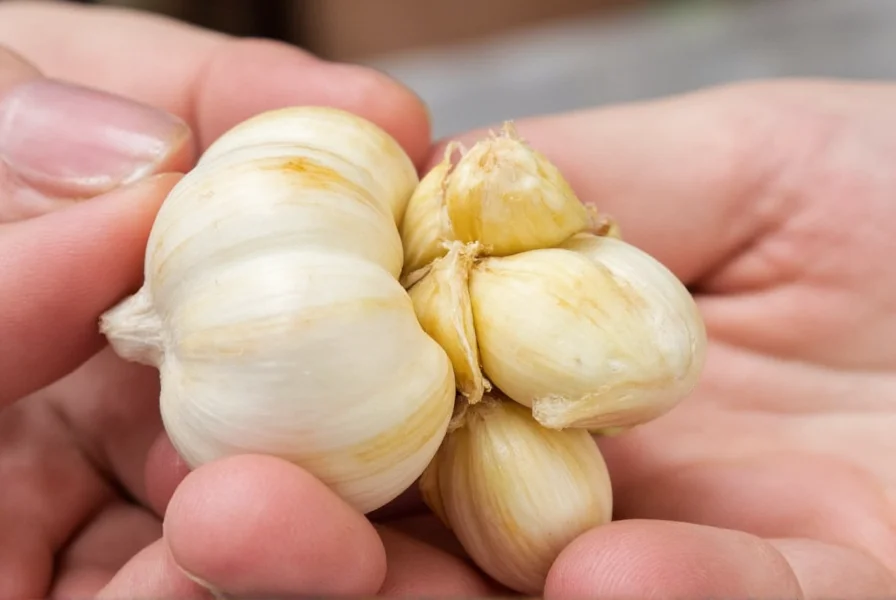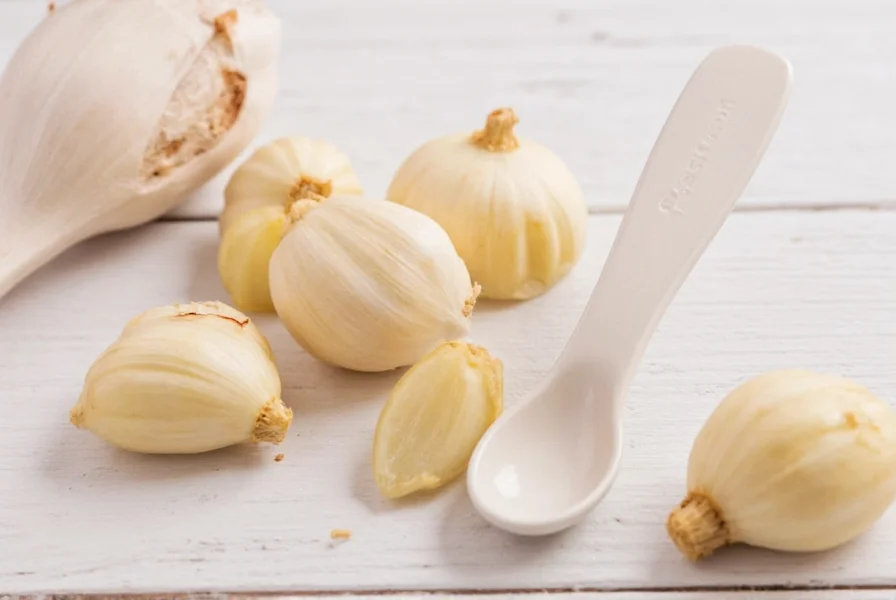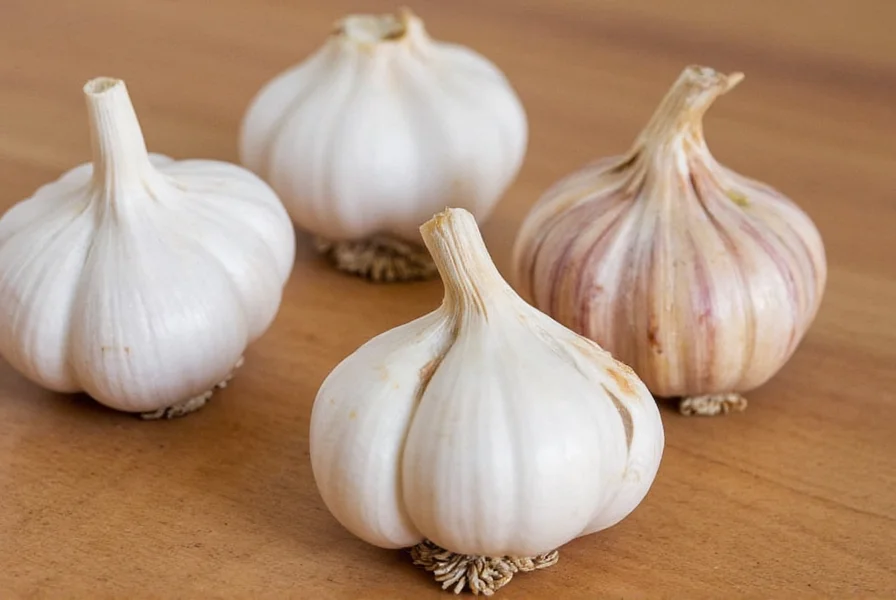Understanding garlic measurements is essential for consistent cooking results. Many recipes call for specific quantities of garlic, but the natural variation in clove size can lead to inconsistent flavors in your dishes. Let's explore the precise conversions and practical applications for this common kitchen measurement question.
Garlic Clove Size Variations and Their Impact
Garlic cloves aren't uniform in size, which affects their teaspoon equivalents. Commercial garlic is typically categorized into three size grades:
| Garlic Size | Minced Garlic (teaspoons) | Pressed Garlic (teaspoons) | Raw Clove Weight |
|---|---|---|---|
| Small | 1 tsp | 3/8 tsp | 3-5 grams |
| Medium (average) | 1½ tsp | ½ tsp | 6-9 grams |
| Large | 2 tsp | 2/3 tsp | 10-15 grams |
These measurements assume proper preparation technique. When mincing garlic, finely chop the clove until no large pieces remain. For pressed garlic, use a quality garlic press to extract maximum flavor compounds.
Practical Measurement Techniques
When converting how many teaspoons is one clove of garlic in your kitchen, consider these professional techniques:
- Visual estimation: Compare your garlic clove to common objects - a medium clove is roughly the size of a quarter
- Weight method: For precision baking or scientific cooking, use a kitchen scale (1 medium clove = 7g)
- Volume displacement: Place minced garlic in a measuring spoon and level off with a straight edge
Many home cooks struggle with the question how much minced garlic equals one clove when recipes don't specify preparation method. The difference between minced and pressed garlic matters because pressing releases more allicin (the compound responsible for garlic's flavor and health benefits), making pressed garlic more potent by volume.

Recipe Conversion Guide
Understanding the garlic clove to teaspoon conversion becomes crucial when scaling recipes. Here's how to adjust when your recipe calls for multiple cloves:
- 2 cloves = 3 teaspoons (1 tablespoon) minced garlic
- 3 cloves = 4½ teaspoons minced garlic (¼ cup minus 1½ tsp)
- 4 cloves = 6 teaspoons (2 tablespoons) minced garlic
- 6 cloves = 9 teaspoons (3 tablespoons) minced garlic
When working with jarred minced garlic, remember that commercial products often contain preservatives that slightly alter flavor intensity. You may need to adjust quantities by 10-15% when substituting jarred for fresh.
When Precision Matters Most
Certain dishes require precise garlic measurements for balanced flavor. In delicate sauces like aioli or beurre blanc, exceeding the recommended one garlic clove equals how many teaspoons can overwhelm other ingredients. Conversely, in robust dishes like garlic bread or roasted garlic hummus, slight variations won't significantly impact the final product.
For international recipes, note that European recipes often specify garlic by weight rather than cloves. One medium clove typically weighs 7 grams, which helps when converting between measurement systems.

Storage Impact on Measurements
Did you know that garlic's age affects its volume yield? Older garlic cloves lose moisture and shrink, meaning one older clove might only equal 1 teaspoon of minced garlic versus 1½ from a fresh clove. For the most accurate garlic measurement equivalents, use firm, plump cloves with tight skin.
Frequently Asked Questions
How many teaspoons is one clove of garlic when minced?
One medium garlic clove yields approximately 1½ teaspoons of minced garlic. Small cloves produce about 1 teaspoon, while large cloves can yield up to 2 teaspoons when properly minced.
What's the difference between minced and pressed garlic measurements?
Pressed garlic is more concentrated than minced. One clove equals about ½ teaspoon of pressed garlic compared to 1½ teaspoons minced. This is because pressing extracts more liquid and flavor compounds from the clove.
Can I substitute jarred minced garlic for fresh cloves?
Yes, but adjust quantities. Generally, 1½ teaspoons of jarred minced garlic equals one fresh medium clove. Jarred garlic often contains preservatives and may have a slightly different flavor profile, so you might need to increase the amount by 10-15% for equivalent flavor.
How does garlic size affect recipe outcomes?
Using a large clove when a recipe assumes medium can increase garlic flavor by 30-40%. In delicate dishes like fish sauces or light vinaigrettes, this difference can overwhelm other ingredients. For consistent results, consider weighing garlic (7g per medium clove) when precision matters.
Why do some recipes specify garlic by clove while others use teaspoons?
Traditional recipes often specify by clove as it's how garlic is purchased and stored. Modern recipes increasingly use volume measurements for consistency. The shift reflects greater understanding of how much garlic clove size to teaspoon ratio varies, especially in commercial cooking where consistency is critical.











 浙公网安备
33010002000092号
浙公网安备
33010002000092号 浙B2-20120091-4
浙B2-20120091-4